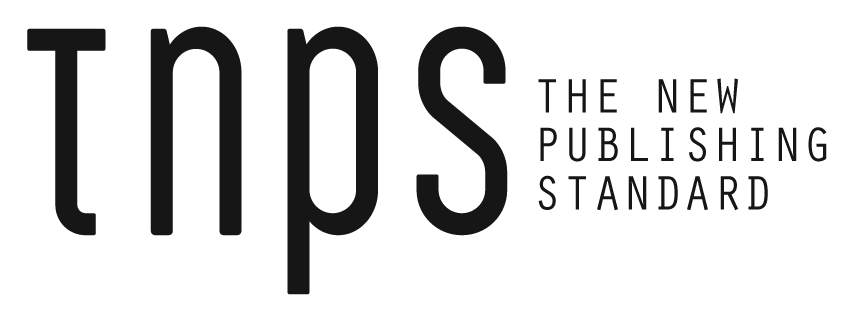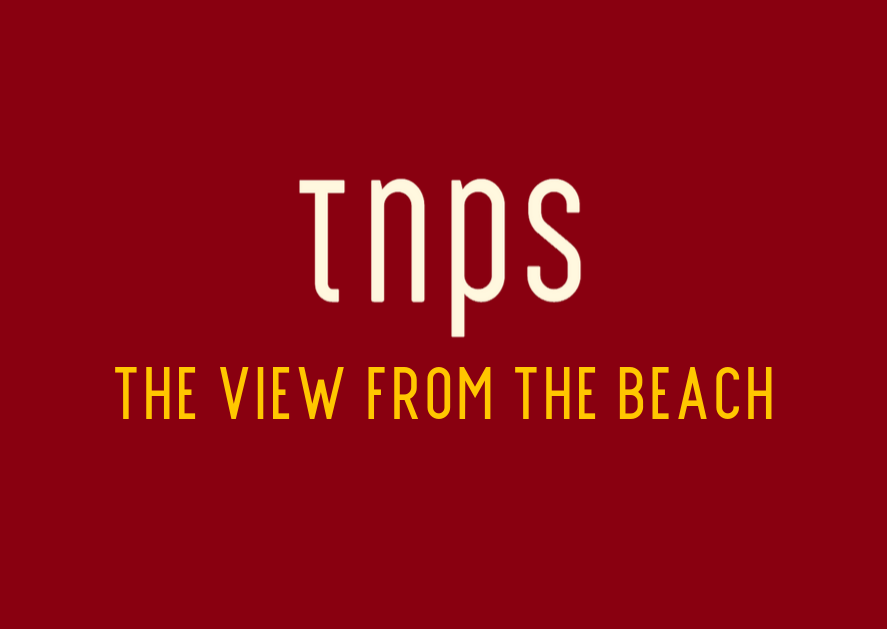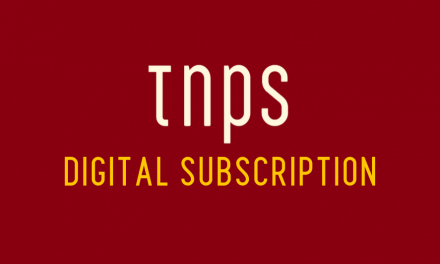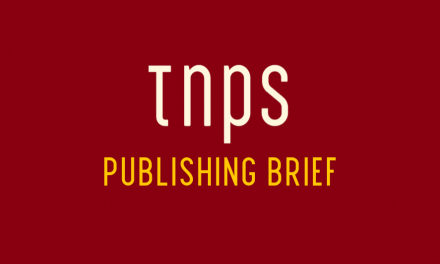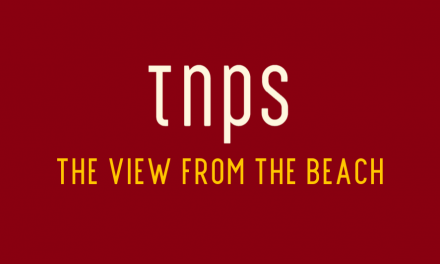Turkey’s gaming sector provides a seriously compelling case study, applicable across book publishing, in how AI can function as a creative multiplier rather than a replacement.
The Great Divide: Fear Versus Opportunity
The creative industries are experiencing a profound schism in their approach to artificial intelligence. Whilst the book publishing sector remains largely resistant to AI integration, many viewing it as an existential threat to both creativity and employment, other creative industries are forging ahead with AI-first strategies that are yielding remarkable results.
Turkey’s gaming industry exemplifies this progressive approach, having achieved a 20% growth surge in 2024 to reach $695 million in market value, driven significantly by – don’t tell the Luddite Fringe! – the strategic deployment of AI tools across development processes.
This divergence raises critical questions about the future of creative work and the role of technology in augmenting human creativity rather than replacing it.
The publishing industry’s defensive stance, whilst understandable given legitimate concerns about authorship and artistic integrity, is missing a transformative opportunity to enhance both creative output and commercial viability.
We’ve just seen a bunch of US authors write an open letter to the US “Big 5” American publishers (it seems they actually think the Big 5 are American companies!) making nonsensical demands: “We want our publishers to stand with us. To make a pledge that they will never release books that were created by machines. To pledge that they will not replace their human staff with AI tools or degrade their positions into AI monitors.“
Richard Charkin deals with this far more calmly than I would. Do check out his response in All About Publishing.
Suffering Fools Gladly? Not a Chance!
Personally, as a teacher I have infinite patience with little children coming to terms with new concepts and developing ideas. But grown adults that should know better… I’m pretty sure St. Paul had the Luddite Fringe in mind when he wrote of not suffering fools gladly.
The Luddite 70 demand publishers affirm: “We will not replace any of our employees wholly or partially with AI tools.” Seriously! This open letter is so detached from reality as to beggar belief. Authors are now dictating to the publishers how they may run their businesses!
Let’s hope, for consistency’s sake, that these authors are even now pulling their books from Amazon, Audible, and other platforms that routinely use AI to boost sales and connect with consumers, and are planning on standing on street corners hoping to make a career selling to passers-by.
And on no account should they be watching films or playing games or doing any activity whatsoever where AI may have been a contributing factor. Which in 2025 is just about everything. Do they think supermarkets don’t know what AI is? Do they think farmers have never heard of AI? Are they the only seventy people in the world who do not use smartphones?
Yes, of course AI should have guardrails, and of course we need to address the costs of AI’s impact, but the Luddite Fringe seem to want the best of both worlds. All the benefits of AI, preferably not acknowledged in any way, but also endless kneejerk soundbite opportunities.
Go live in a cave, guys. In fact, here’s a spade – go dig your own cave, so you know no AI stole any cave-diggers’ jobs.
Okay, counter-rant over: back to the Turkish gaming industry’s remarkable boom, and what the book publishing industry (or at least the parts that live in the twenty-first century) can learn from the experience.
The Turkish Gaming Model: AI as Creative Catalyst
Turkey’s gaming sector provides a seriously compelling case study, applicable across book publishing, in how AI can function as a creative multiplier rather than a replacement.
The Turkish gaming industry’s success stems from recognising AI as a tool that democratises game development, particularly for independent creators who previously faced insurmountable barriers to entry. As industry executive Ozan Aydemir noted, “Small teams can now prototype, produce visuals and even write in-game dialogue faster and at lower cost.”
This approach has yielded tangible results: Turkish studios experienced a 133% year-on-year increase in PC and console titles in 2024, whilst mobile gaming revenues reached $375 million. The sector attracted $71.6 million in investment, positioning Turkey as one of the top three recipients of gaming investment in Europe and the Middle East.
These figures demonstrate that AI integration can coexist with creative excellence and commercial success.
The Turkish model reveals several key principles that could inform other creative industries.
- AI serves as an enabler rather than a disruptor, allowing smaller teams to compete with larger studios by reducing technical barriers and development costs.
- The technology facilitates experimentation and rapid prototyping, enabling creators to test ideas quickly and iterate based on market feedback.
- AI tools handle routine tasks, freeing human creators to focus on higher-level creative decisions and storytelling.
AI serves as an enabler rather than a disruptor, allowing smaller teams to compete with larger studios by reducing technical barriers and development costs.
The technology facilitates experimentation and rapid prototyping, enabling creators to test ideas quickly and iterate based on market feedback.
AI tools handle routine tasks, freeing human creators to focus on higher-level creative decisions and storytelling.
Publishing’s Resistance: Valid Concerns but Missed Opportunities
The publishing industry’s scepticism towards AI stems from legitimate concerns about artistic authenticity, author employment, and the commoditisation of literature.
Now where have we heard this before? Television, paperbacks, ebooks, self-publishing, streaming… If it’s new and shiny, it must be bad. Let’s all write with quill pens, grow our own crops and deliver our manuscripts by horse and cart.
So this latest incarnation of The End Is Nigh argues that a) writers fear that AI-generated content will flood the market, devaluing human creativity and eliminating opportunities for emerging authors, and b) publishers worry about legal implications, quality control, and the potential erosion of their editorial gatekeeping role.
But this auto-resistance is hindering the industry’s ability to adapt to changing consumer expectations and market dynamics.
The publishing sector faces significant challenges:
a) declining readership among younger demographics
b) increased competition from digital entertainment
c) rising production costs
d) the need to serve increasingly diverse global markets
AI tools can address many of these challenges, even as it preserves the human elements that make literature meaningful. But, sorry Luddite Fringe, that means learning how to use AI, not standing at a safe distance throwing stones.
The fear that AI will “steal jobs” reflects a misunderstanding of how the technology functions most effectively. Rather than wholesale replacement, AI excels at augmenting human capabilities, handling routine tasks, and enabling creators to focus on uniquely human contributions such as emotional depth, cultural insight, and narrative innovation. (But again, there’s a learning curve. Far easier to revel in ignorance!)
The Partnership Paradigm: AI as Creative Collaborator
The most promising approach to AI integration in publishing involves treating the technology as a collaborative to rather than a replacement for human creativity. But this paradigm shift requires recognising and acknowledging that AI can enhance rather than diminish the creative process across multiple dimensions. Which means setting aside the kneejerk soundbites for ten seconds and looking at the evidence.
Its eighteen months now since Japan’s top literary award went to a book part-written by AI. Don’t tell the Luddite Fringe!
And staying with Japan, AI is helping publishers fight piracy.
But there’s so much more.
In manuscript development, AI tools can assist with structural analysis, identifying pacing issues, plot inconsistencies, or character development gaps that human editors might miss. These tools can analyse successful narratives to suggest improvements whilst preserving the author’s unique voice and creative vision. Similarly, AI can streamline the editing process by handling initial copy-editing tasks, allowing human editors to focus on substantive developmental work.
For publishers, AI offers opportunities to enhance market research, reader engagement, and distribution strategies. Machine learning algorithms can analyse reading patterns to identify emerging trends, predict manuscript success, and match books with appropriate audiences. This data-driven approach can inform acquisition decisions whilst preserving editorial judgement about literary merit.
AI also presents opportunities for format innovation and accessibility. Automated audiobook production, real-time translation services, and adaptive content formats can expand readership and make literature more accessible to diverse audiences. These applications demonstrate how AI can serve social good whilst creating new revenue streams.
Business Case for AI Integration
The economic arguments for AI adoption in publishing are therefore compelling, as the success of the Turkish gaming industry rams home.
AI tools can significantly reduce production costs, accelerate time-to-market, and enable smaller publishers to compete with larger houses. Independent publishers, in particular, could benefit from AI-powered design tools, automated marketing systems, and data-driven distribution strategies.
The technology also enables new business models and revenue streams. AI-powered personalisation can create customised reading experiences, subscription services can use machine learning to curate content recommendations, and automated translation services can tap into global markets previously inaccessible due to language barriers.
More broadly, AI integration can improve operational efficiency across the publishing value chain. Automated rights management, predictive inventory systems, and intelligent supply chain optimisation can reduce costs and improve profitability. These operational improvements can free up resources for investment in author development and editorial quality.
Preserving Human Value in an AI-Enhanced Industry
The successful integration of AI in publishing requires careful attention to preserving the human elements that make literature valuable. This involves establishing clear boundaries around AI usage.
Yes, transparency about AI involvement in creative processes is important, although not as critical as some like to suggest.
Most consumers just want a good product. They don’t care about the how, who, why, where and when of the equation. If they did, we’d all be eating organic and free-range foods, drinking fair-trade tea and coffee, and cycling to work.
Soundbite concepts like ‘created by humans’ and ‘no robots involved’ are fun and will find a welcome niche, but the idea that the average reader is concerned about author or publisher welfare or that they lose sleep worrying that a book they just enjoyed may have had some AI input is nonsensical.
AI input is an optional extra, but one authors and publishers alike should embrace and maximise.
Authors can use AI tools for research, brainstorming, and structural analysis whilst maintaining creative control over narrative development, character creation, and stylistic choices. It’s not either/or.
Publishers can leverage AI for market analysis and operational efficiency whilst preserving human judgement in editorial decisions and author development. Again, it’s not either/or.
The key lies in recognising that AI excels at pattern recognition, data processing, and routine tasks, whilst humans excel at emotional intelligence, cultural sensitivity, and creative innovation. A collaborative approach that leverages the strengths of both can produce results superior to either working alone.
Learning from Cross-Industry Innovation
The Turkish gaming industry’s success demonstrates that creative industries can thrive by embracing AI as a creative partner rather than viewing it as a threat. For me, this model suggests several strategies that publishing could adopt:
- Investing in AI literacy and training programmes can help authors and publishers understand how to use these tools effectively.
- Developing industry-specific AI applications can address unique challenges in manuscript development, editing, and distribution.
- Creating collaborative frameworks between technology providers and creative professionals can ensure that AI tools serve genuine creative needs.
- Rapid prototyping and iteration can benefit publishing.
Now let me address those points:
If you follow Samantha Missingham on LinkedIn you’ll know one of her constant refrains is, “What’s in it for authors?” And Sam has a point. There’s no question that publishers have impaled themselves on the fence on this one, rather than face the wrath of the soundbite brigade in the Luddite Fringe by taking a stand. And the UK’s Publishers Association and Society of Authors can be held in large part responsible. Both organisations have surrendered rational thought in favour of shamefully salacious soundbites. It’s no wonder many authors and publishers in the UK have no clue of what AI brings to the table. But publishers need to get off the fence and help authors embrace AI’s benefits.
Industry-specific AI applications are already out there in abundance, yet most authors and many publishers are so busy keeping their heads down, or falling for the toxic soundbites the Publishers Association and the Society of Authors have elevated to an artform, they they may well be unaware of what is already at their keyboard fingertips. Let me shout out Nadim Sadek at Shimmr AI as an example of how publishers and author associations alike could be getting to fully understand what AI can offer our industry. (There are many others, but I single out Nadim and Shimmr for their international reach – this is someone who not only understands the global trans-media possibilities AI brings to the table, but is willing to stand defiant against the Luddite Fringe tsunami of venom and make the case.)
Collaborative frameworks between technology providers and creative professionals are essential if we are to move forward with AI tools that serve genuine creative needs. Publishers that choose to sit this out will be left at the quayside when the ship sails.
The gaming industry’s emphasis on rapid prototyping and iteration could also benefit publishing. AI tools can enable authors to experiment with different narrative structures, test market response to various concepts, and refine their work based on data-driven insights whilst preserving creative integrity. I know many in publishing are from a bygone era of gentlemen in smoke-filled club rooms deciding what the great unwashed will be allowed to read, where the very idea of experimentation was a capital offense. But as that era slowly crumbles into the dustbin of publishing history, so the industry must move with the times.
Towards a Collaborative Future
In summary, then, the publishing industry stands at a crossroads. It can continue to resist AI integration, missing opportunities to enhance creativity, reduce costs, and reach new audiences. Alternatively, it can learn from other creative industries that have successfully integrated AI whilst preserving human creativity and artistic integrity.
By treating AI as a collaborative partner rather than a competitive threat, publishing can harness the technology’s potential to enhance both creative output and commercial viability.
Contrary to the Luddite Fringe position, the choice facing the industry is not between human creativity and artificial intelligence, but between embracing innovation or risk being left behind by more adaptive competitors. The Turkish gaming industry’s success strongly suggests that the future belongs to those who can effectively blend human creativity with technological capability, creating richer, more accessible, and more commercially viable creative content.
On a personal note, to wind up this essay, my IT-literacy runs to knowing how to switch the laptop on and off. Six months ago the idea of me creating an app for my kids at school was on par with me building a space rocket and flying them to the Moon.
With AI, I’m well on the way to creating a raft of fun educational apps geared to the needs of children in a Third World school. As a creative and author I’m wishing I had the time to look at ways to further this around my books. (Don’t worry, there won’t be a TNPS app emerging from all this – I know my limitations!).
But the point is, AI is opening up new creative possibilites that were inconceivable for me a short while ago, and every day I spend with AI opens my eyes to more possibilities, more potential, and yes, more pity for those who have been misled by our industry’s supposed advocates to believe AI is the enemy.
This post first appeared in the TNPS LinkedIn newsletter.
